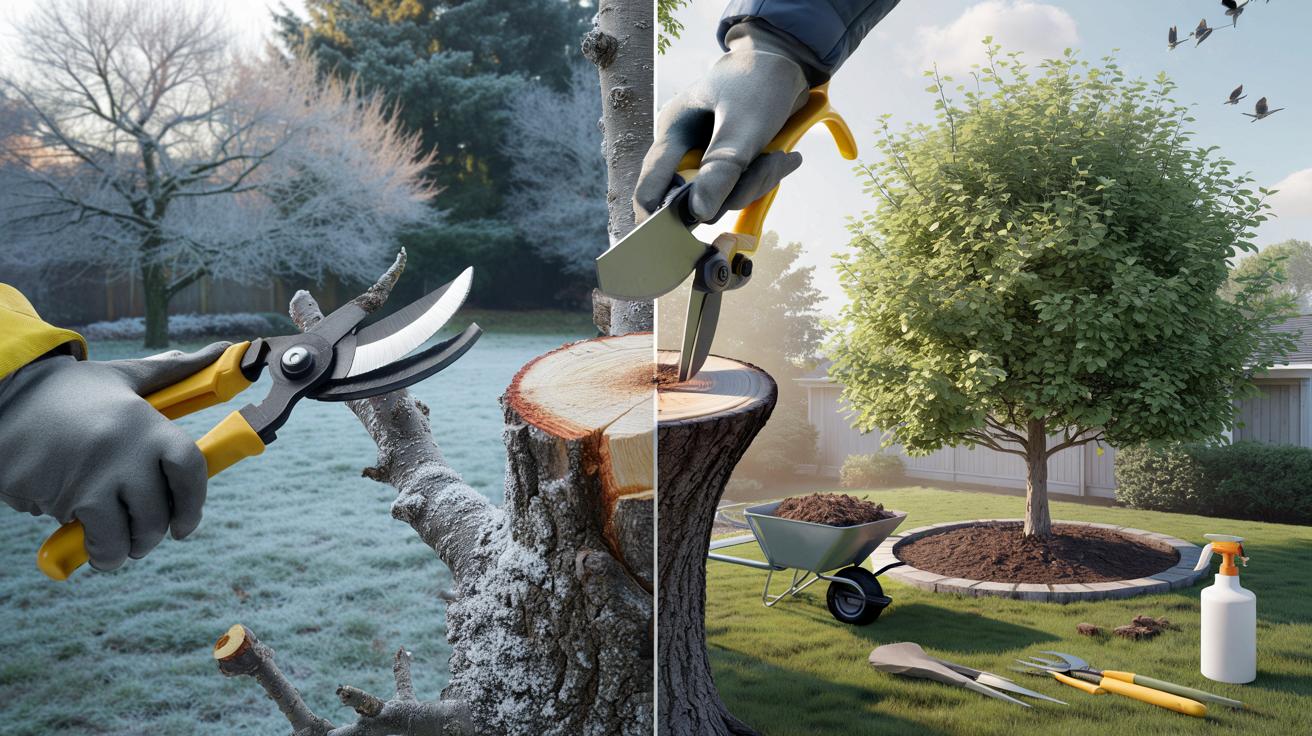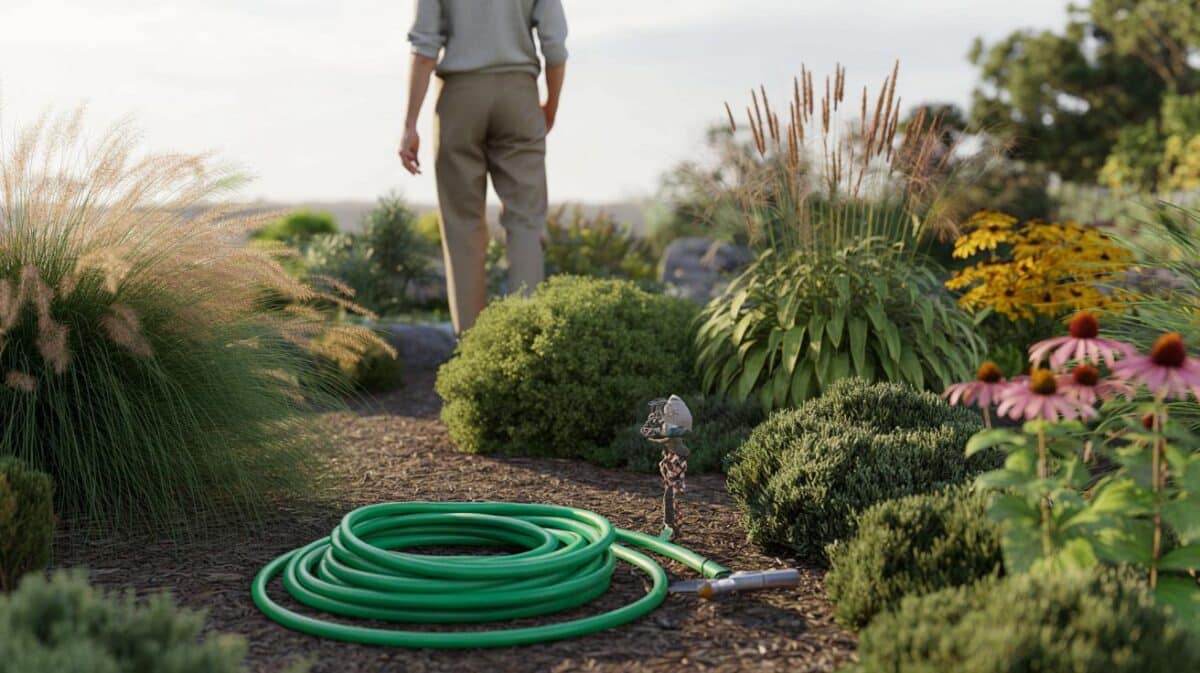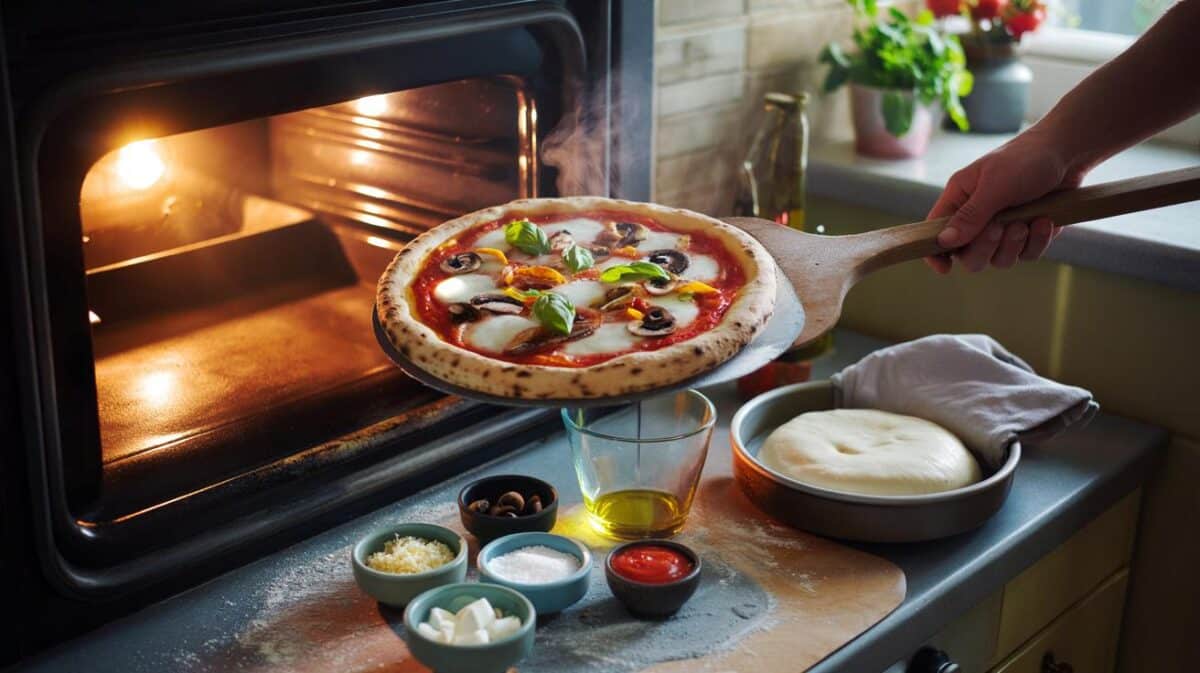A quiet rethink could save years of growth.
I sat down with a seasoned landscaper who challenged my autumn ritual. What followed changed how I cut, when I cut, and why I cut at all.
Why your trusty cuts are hurting healthy trees
The three habits that drain vigour year after year
Old habits feel safe. They also cost you canopy, bloom and resilience. These are the repeat offenders the pro flagged first:
- Short back and sides every year: you remove too much leaf area, so the tree burns energy to replace it, not to strengthen wood and roots.
- Off-season cuts: heavy cutting during sap rise or in hard frost opens the door to bleeding, dieback and infection.
- Flat, ragged wounds: torn fibres and flush cuts breach the branch collar, so wounds fail to seal and decay can creep into the trunk.
Cut less, cut clean, cut at the right time: this trio protects more growth than any feed or spray.
The rule of thumb sounded blunt but clear. Remove problems, not potential. That means dead, diseased, damaged or crossing wood first, and very little else.
What the biology really says
Sap flow, energy budgets and wound response
Trees run on sunlight, stored sugars and water. After a hard cut, a tree diverts precious sugar to emergency regrowth. It cannot invest the same sugar in roots, buds and defence. Repeated hard cuts keep the tree in permanent recovery mode.
Wounds do not “heal” like skin. Trees compartmentalise damage. The branch collar forms a protective barrier that slows rot. When you leave the collar intact and keep the cut smooth, the tree walls off decay faster.
Timing matters. In late winter for pome fruit, sap movement is low and disease pressure drops. For stone fruit in midsummer, the risk of silver leaf disease falls. For bleeders like birch and maple, late summer reduces sap bleed.
| Tree group | Best window | Reason |
|---|---|---|
| Apple and pear | Late winter to early spring | Low disease risk and easy structure checks without leaves |
| Cherry and plum | Midsummer | Reduced silver leaf and faster sealing in warm, dry weather |
| Birch, maple and walnut | Late summer | Less sap bleed and lower stress |
| Bay, olive and other evergreen Mediterranean types | Late spring | Active growth supports quick sealing; avoid frost damage |
| Beech and hornbeam hedges | Late summer | Neat shape holds through winter with fewer new shoots |
Timing acts as cultural control: right month, right cut, fewer problems all year.
A calm, low‑effort method you can start this weekend
Read the tree before reaching for the secateurs
Five minutes of observation can save five years of form. Stand back and scan from crown to root flare, not just the bits you can reach.
- Spot the 4 Ds first: dead, diseased, damaged and duplicate (crossing or rubbing) branches.
- Track branch collars and branch bark ridges, then mark where each cut will sit just outside the collar.
- Limit removal to 10–20% of live growth in a year for a healthy mature tree; young trees rarely need more than 5–10%.
- Step back every 2–3 cuts to reassess balance, light and airflow.
- Leave small inner shoots that shade bark; they reduce sunscald and future water stress.
Tools that protect, not punish
- Use sharp bypass secateurs for green wood, a pruning saw for limbs above thumb thickness, and loppers for awkward angles.
- Disinfect jaws and blades with 70% alcohol between trees to reduce disease spread.
- Make a three‑cut method on heavier limbs: undercut, top cut, then a final clean cut outside the collar.
- Avoid wound paints except where local guidance recommends them for specific diseases; clean cuts seal best in most cases.
- Work from the ground with stable footing; a harness and rope beat a wobbly ladder. Hire an arborist for anything above shoulder height or near power lines.
Remove risks first. Keep live wood that works for shade, structure and fruiting.
What changes fast, and what changes over the seasons
Measurable wins within weeks
You notice fewer water shoots after a lighter hand. Birds return to denser, calmer canopies. Sunlight reaches the understory without scorching bark. Airflow improves, so leaves dry faster after rain, and disease pressure drops.
Time on tools falls as well. Many gardeners report 15–25 minutes per small tree, twice a year, instead of a single heavy session that triggers a thicket of regrowth.
Stronger structure over three to five years
A steady routine builds well‑spaced scaffolds with strong unions. Canopies carry fruit weight better. Windthrow risk falls because you avoid top‑heavy shapes. Water demand eases as the tree stops replacing lost leaf area every summer.
Expect better spring blossom and fruit set on apples and pears when you keep light channels open. Expect fewer split limbs on stone fruit because you removed narrow crotches early, not after a storm.
Common traps to avoid this autumn
- Cutting during hard frost or immediately after heavy rain, which slows sealing and invites fungus.
- Pruning maples, birches and walnuts in early spring, which can lead to heavy bleeding.
- Taking more than 20% of live canopy from mature trees in one season, which triggers stress growth.
- Ignoring Tree Preservation Orders; check local rules before you cut street‑side or boundary trees.
- For stone fruit, skipping summer windows and risking silver leaf in cool, wet weather.
If you want a simple plan to follow
A two‑visit yearly schedule
- Late winter visit (45–60 minutes for a small garden): structural checks, 4 Ds removal, light thinning on apples and pears.
- Midsummer visit (30–45 minutes): restraint cuts only, fruit thinning, stone fruit tidying, hedge shaping to a slight batter for stability.
This rhythm fits busy weeks. It also spreads risk across seasons, which stabilises growth and keeps energy budgets balanced.
Extra notes that save money and stress
Chipping prunings makes free mulch that suppresses weeds and drips nutrients back into the root zone. Keep mulch off the trunk flare to prevent rot. Stack a small log pile in a quiet corner; beetles and hedgehogs take care of pests for you.
If a limb shows bracket fungi, call a qualified arborist and ask for a visual tree assessment. A resistograph test or a simple sounding hammer check can reveal hidden decay. Where work gets complex, look for contractors who follow BS 3998 guidance, as this keeps cuts consistent with current arboricultural practice.
New to formative training? On young trees, set three to five main limbs with even spacing, keep a clear central leader on apples and pears, and correct narrow forks early. This investment takes minutes and saves major surgery later.
A final pointer from the pro sat with me over tea: if you hesitate, cut later. Trees do more with a little patience than we can with a big saw. Your canopy, your wildlife and your weekends will thank you next spring.








